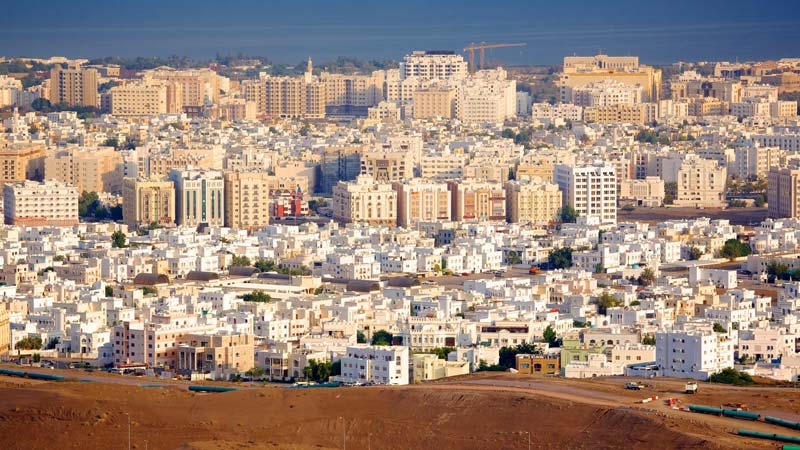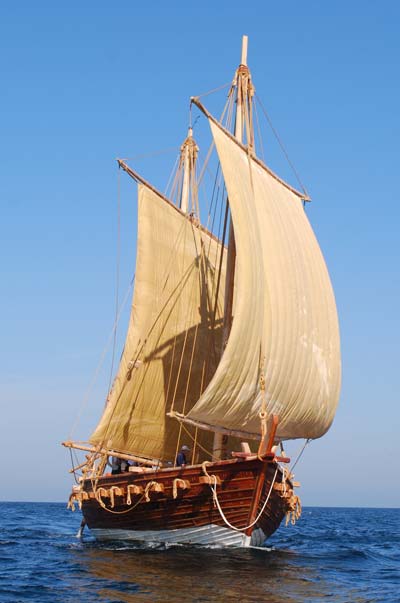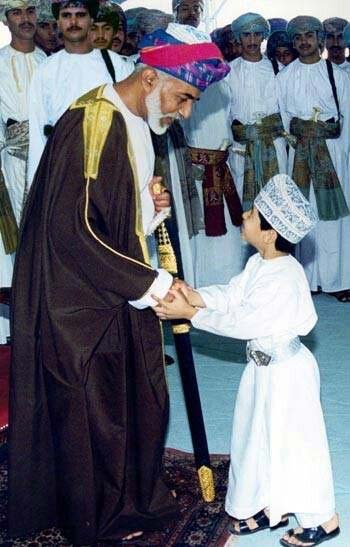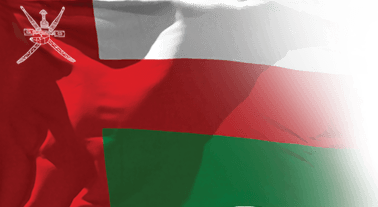
The story of the development of modern Oman goes back many centuries.
Oman has a long history. Archaeological research has found evidence of civilisation in the Sultanate as long ago as 3,000 years BCE.
By 2,500 years BCE the region was renowned for its metalworking, with traders in reed boats voyaging from Oman to what is now Pakistan and Iraq. A lucrative trade in frankincense with ancient Egypt, Rome, Jerusalem and Bethlehem, both overland and by sea, saw the creation of ports like Sumhuram where the Queen of Sheba had a palace.
After Oman embraced Islam in the 7th century, the country became a dominant maritime power with trade routes extending as far as Africa to the south, and India and China to the east.

Jewel of Muscat, built in 2010 – the kind of ship Sindbad sailed in.
By the 15th century ships like Jewel of Muscat, an Omani reconstruction of a traditional Arab trading vessel – the kind of ship Sindbad would have used – were making regular trading voyages to ports like Guangzhou (Canton) in China.
But Oman’s strategically important location on the Indian Ocean at the entrance of the Gulf also made it a valuable prize for successive empire builders.
However, throughout its long history Oman has never been a colony. It has always maintained its essential sovereignty and independence, even if at certain periods foreign powers controlled some coastal areas in a bid to protect their trade routes.
Thus in the 16th century Muscat was seized by Portugal, which held the city until 1650. Following their expulsion, Oman expanded its influence down the coast of East Africa. For a time, Zanzibar became Oman’s capital and the Sultan’s main palace was located there.
During the 18th century Ahmad ibn Said drove out Persian invaders and became the elected Imam, establishing the dynasty that still rules Oman today.
After signing a treaty of friendship in 1798 (the first between an Arab Gulf state and Britain), Oman and Britain developed increasingly close ties, without the Sultanate ever becoming a colony.
Around the same period the Sultanate also developed relations with France and the Netherlands creating a network of trade and cultural exchanges.
In 1833 Sultan Said of Oman signed a treaty of friendship and commerce with a trade representative of the United States, opening the way to a diplomatic relationship. (For more on this see here.)
The discovery and exploitation of oil in the 1920s and 30s marked a new era for Oman, but it was not until Sultan Qaboos replaced his father in 1970 that the country began to develop an advanced economy.
After defeating a Communist backed insurgency in the Dhofar region in the south of Oman, Sultan Qaboos led the country through a period of rapid development with oil revenues invested in education, health, welfare and a modern infrastructure.
During his 50-year reign Sultan Qaboos became an immensely popular figure, widely admired as the Father of the Nation.
Under the leadership of His Majesty Sultan Haitham bin Tarik, Oman is now focussed on building for the future – diversifying the economy further.
The Vision 2040 project aims to unlock the human, technological and economic potential of the Sultanate to create a more secure, prosperous and sustainable future for all Omanis.



